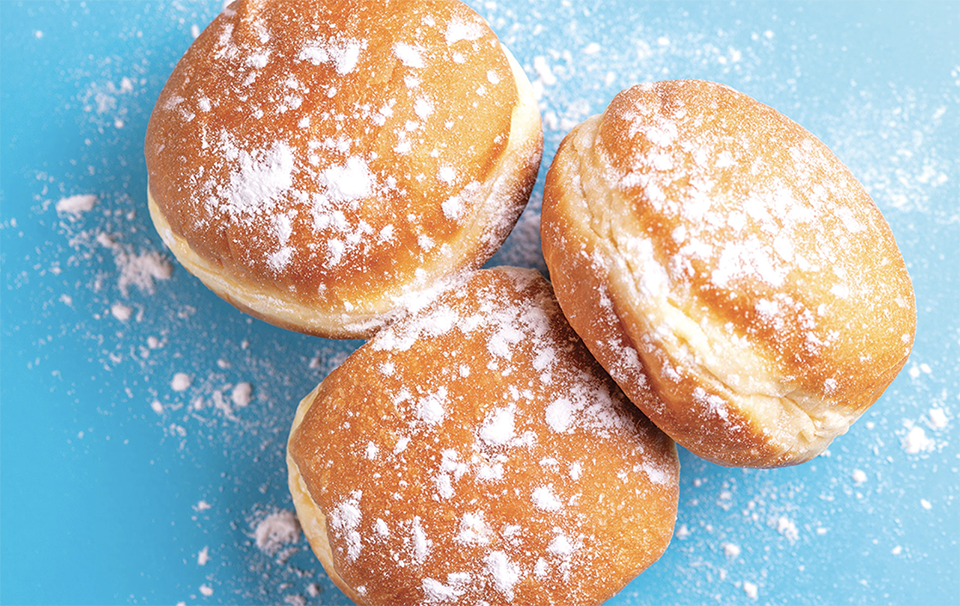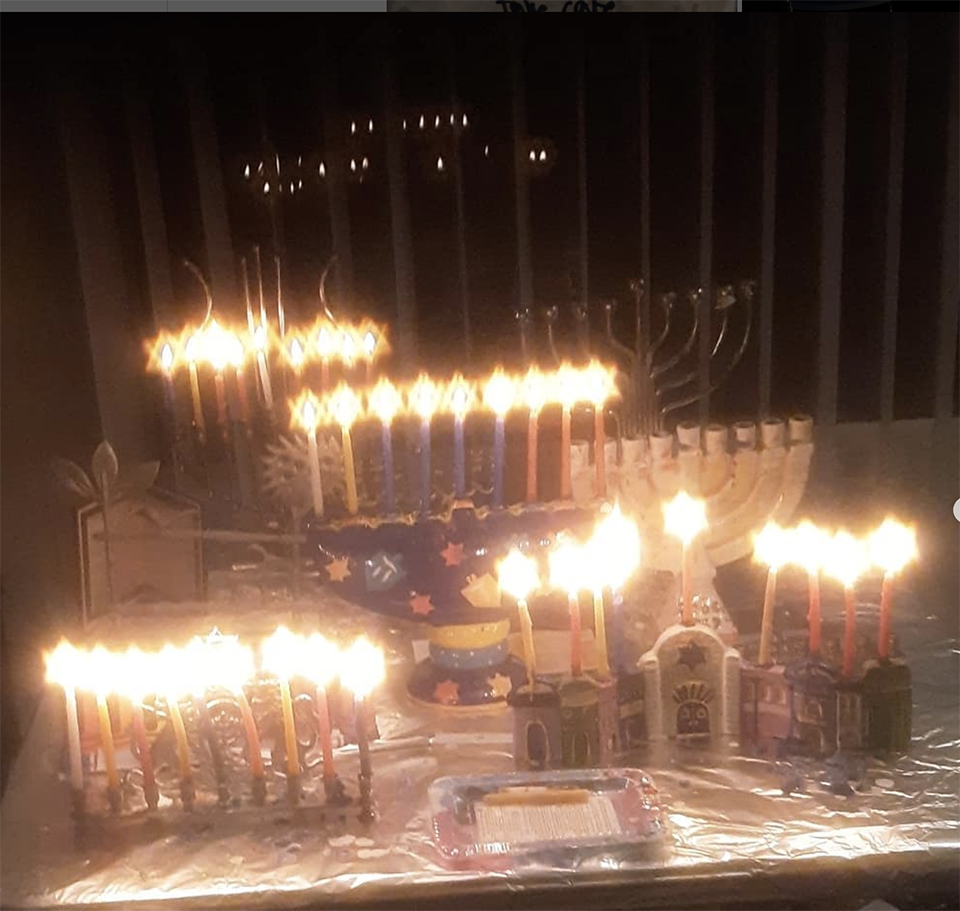Feeling Fried? It’s Hanukkah Time!
Hanukkah, the eight-day Festival of Lights, is a relatively minor holiday on the Jewish calendar, and it’s often misunderstood: With its proximity to Christmas, Hanukkah in this country has assumed major importance (especially retail importance) for many.
The festival, which begins this year at sundown Dec. 7*, commemorates a revolt by the Maccabees, a small band of pious Jews who defeated the Syrian-Greek King Antiochus’ massive army in the year 165 B.C.E. The Syrian-Greek empire had forced pagan rituals into Jewish life and desecrated the Second Jewish Temple in Jerusalem.
After the Maccabees’ victory, there was only enough consecrated olive oil left to keep the menorah (temple lamp) burning for a single day, so the priests sent a messenger to the countryside for more. When he returned to the temple eight days later, the lamp was still burning — and the temple was rededicated. The word Hanukkah means dedication.
To remember this miracle, Jews light a special eight-branched menorah called a hanukkiah, often with candles or small glass cups of olive oil, and celebrate with a smorgasbord of fried foods! Click through the images above for some iconic Hanukkah foods.
Hillel 818, the center for Jewish life on campus, hosted a “Fried-day Shabbat” dinner Dec. 1, to gear up (and fry up) for Hanukkah, and student leaders helped organize a menorah-building craft night. At 5 p.m. on Thursday, Dec. 7 (the first night of Hanukkah), Rohr Chabad House at CSUN is scheduled to host a community menorah lighting on campus, an annual tradition. All are welcome. For more Hanukkah events open to students — with latkes, donuts and more — follow @chabadcsun.
* The Hebrew calendar is a lunar calendar and thousands of years old — this year is 5784 — similar to those followed by Islamic, Hindu and other faiths. Thus, the dates of Jewish holidays vary slightly from year to year on our solar Gregorian calendar. In the Hebrew calendar, all dates and observances go from sundown to sundown (for example, Shabbat always starts at sundown on Friday night and ends after dark on Saturday night).




 experience
experience